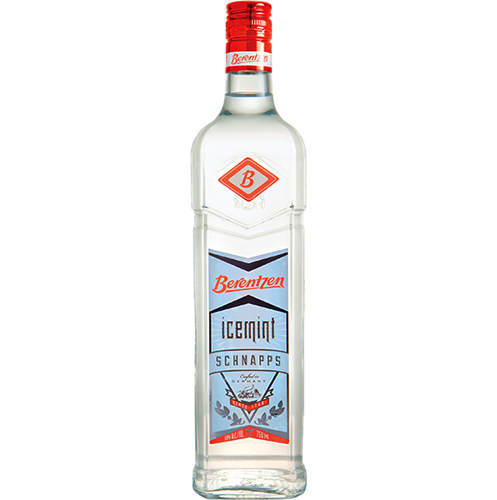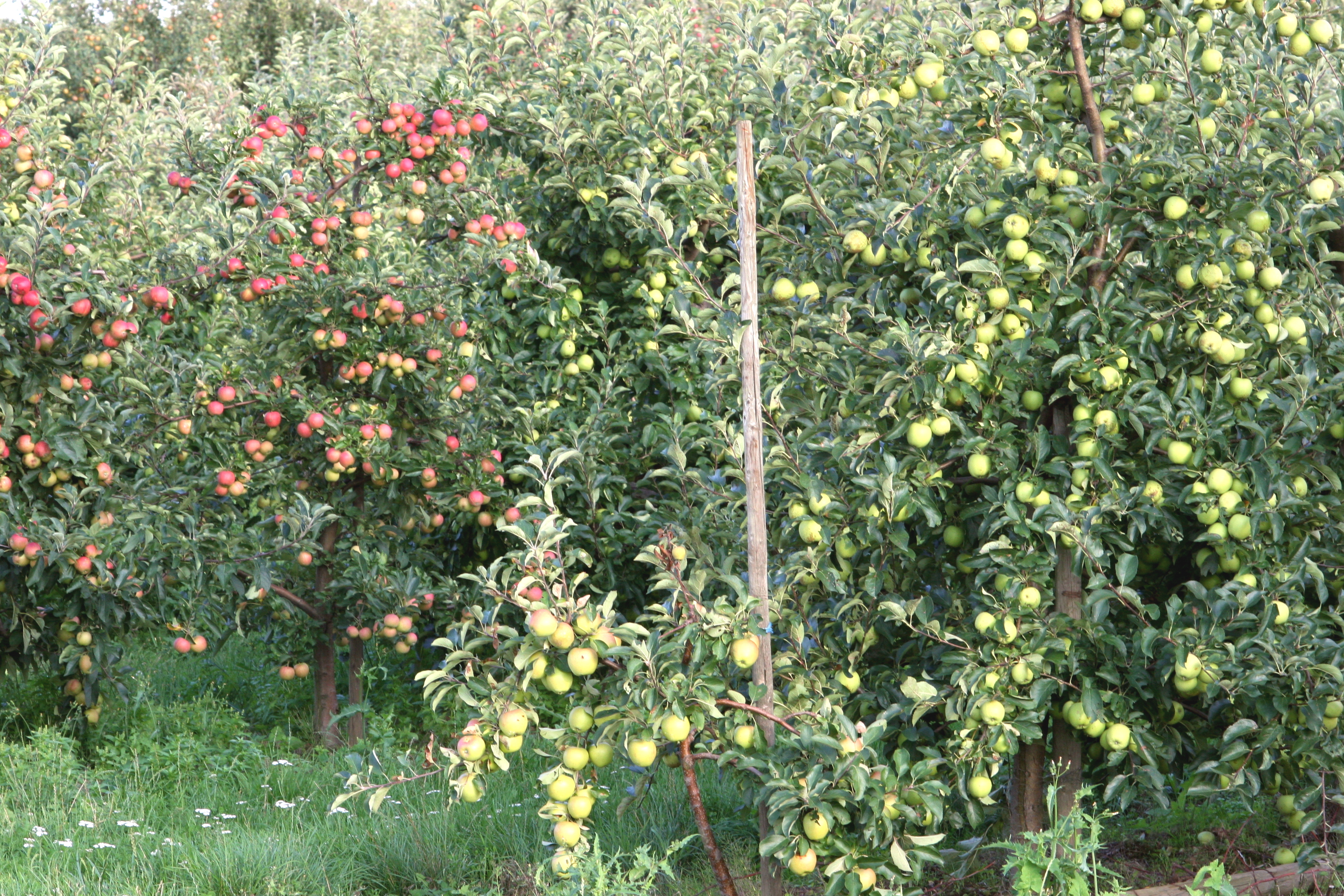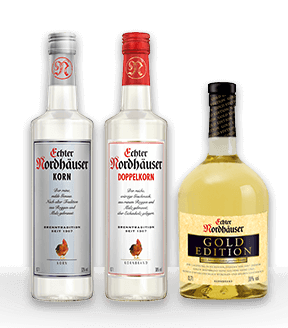Food and Drink: National Liquor(s)
Schnaps
Schnaps refers to any strong clear or white liquor. The word comes from the Low German schnappen (to swallow) which references the way the liquor is usually consumed as a quick shot from a small glass. Schnaps was first produced as a medicinal elixir. Both monks and German physicians believed a bit of alcohol kept the body warm and healthy. The Bavarian Ettal monastery and the Harz region of the country were well known for producing and bottling Schnaps.
The cloyingly sweet schnaps found in the United States has little resemblance to true German schnaps, which has no added sugar. The most common varieties are Obstler (fruit schnaps) made from pears (Williamsbirne), apples (Apfelkorn), cherries (Kirschwasser), and plums (Zwetschgenwasser). Apples and pears are commonly combined to make Obstwasser. Kräuterschnaps is flavored with herbs and spices, and Kümmel, a schnaps similar to Scandinavian akvavit, is flavored with cumin, caraway, and fennel.
Though schnaps is made commercially in large volumes, many families continue the tradition of making schnaps at home, using fruit from their own property. Some producers have tried to produce the liquor from nontraditional fruits and vegetables, such as asparagus, with mixed results.
Alcohol Content (Alcohol by Volume)
The alcohol content of schnaps varies by brand and variety, but it is usually around 40 percent.
Color
German fruit schnaps are clear and colorless. The herbal varieties have a tint of color.
How It's Made
True German schnaps is made by fermenting macerated whole fruit (skin included) or fruit juice, then distilling the fermented liquid in a grain-liquor base. Herbs and spices are added to some varieties as well. Sugar is never added. The fermentation can take up to four weeks.
How It's Enjoyed
Schnaps is consumed straight, with no ice or mixers. A shot is often taken before or after a meal or even between courses to cleanse the palate and help digestion. In addition to the shot glass, crystal stem glasses are sometimes used to serve schnaps. It is believed that crystal’s coarse surface helps to release the aroma of the liquor. Schnaps is best served at room temperature, so the drinker can appreciate and enjoy its true flavor.
Major Brands
Germany is home to multiple schnaps producers. Berentzen, Alpen, Beveland, Echter Nordhäuser, and Oldesloer offer a wide variety of fruit-based schnaps. Major brands of the herbal type of schnaps include Jägermeister, Kuemmerling, and Killepitsch.
Article written for World Trade Press by Pamela Hunt.
Copyright © 1993—2025 World Trade Press. All rights reserved.

 Germany
Germany 


